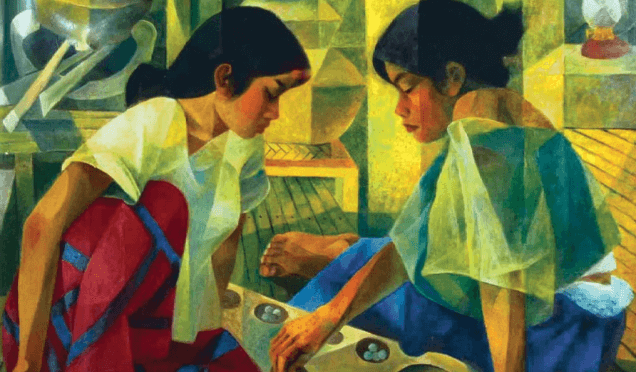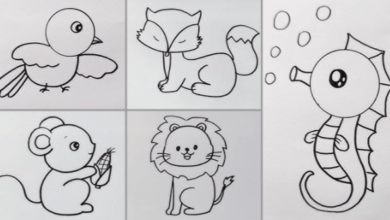How to Speak Art: Understanding Its Language, Issues, and Themes

Understanding art requires more than a cursory glance; it demands an engagement with its distinct language that communicates complex emotions and societal narratives. By examining pivotal issues such as cultural context and social justice, one can unlock deeper meanings within contemporary works. Common themes like identity and social commentary further invite critical reflections on our collective experiences. As we explore How to Speak Art: Understanding Its Language, Issues, and Themes, the question arises: what tools do we need to enhance our appreciation and comprehension of art’s multifaceted expressions?
The Language of Art
The language of art serves as a profound means of expression, transcending verbal communication and tapping into the depths of human experience.
Through artistic expression, individuals convey emotions and ideas that often elude words.
Visual communication, in this context, becomes a liberating force, enabling viewers to interpret and connect with the artwork on a personal level, fostering empathy and understanding across diverse perspectives.
Key Issues in Art
Navigating the landscape of contemporary art reveals a multitude of key issues that challenge both creators and audiences alike.
Cultural context shapes art’s relevance, while political commentary provokes critical discourse.
Artists increasingly engage with social justice, using emotional expression to amplify marginalized voices.
These elements intertwine, reflecting society’s complexities and urging a deeper understanding of art as a powerful vehicle for change and reflection.
Common Themes Explored
Within the diverse realm of contemporary art, common themes frequently emerge, reflecting the interconnectedness of human experience.
Identity exploration and social commentary are paramount, as artists delve into personal and collective narratives. This dynamic interplay challenges viewers to confront their own perceptions and societal norms, fostering a dialogue that transcends boundaries.
Ultimately, it advocates for awareness, empathy, and the transformative power of art in shaping our understanding of the world.
Read Also Cute:58z0x9gffxa= Printable:9gy6neo-Aoq= Coloring Pages
Enhancing Your Art Appreciation
Five key strategies can significantly enhance your art appreciation, transforming passive observation into an engaging and insightful experience.
Cultivating visual literacy allows for deeper art perception, while understanding cultural context enriches personal interpretation.
Encourage emotional responses to evoke an aesthetic experience, and reflect on the artist’s intent.
These approaches empower individuals to connect meaningfully with art, fostering a genuine appreciation for its multifaceted nature.
Conclusion
How to Speak Art: Understanding Its Language, Issues, and Themes? In the intricate tapestry of art, understanding its language reveals the profound connections between culture, identity, and societal critique. By engaging with key issues and common themes, one transcends mere observation to experience art as a dynamic dialogue that challenges perceptions. Embracing visual literacy not only enriches appreciation but also illuminates the artist’s intent, allowing for a deeper communion with the multifaceted expressions of human experience. Ultimately, art serves as a mirror, reflecting society’s most pressing truths.







